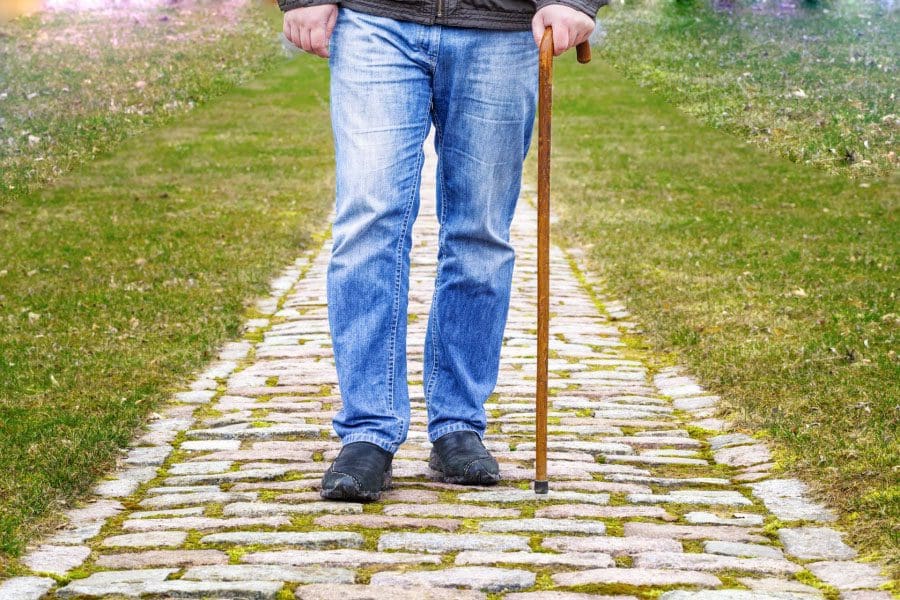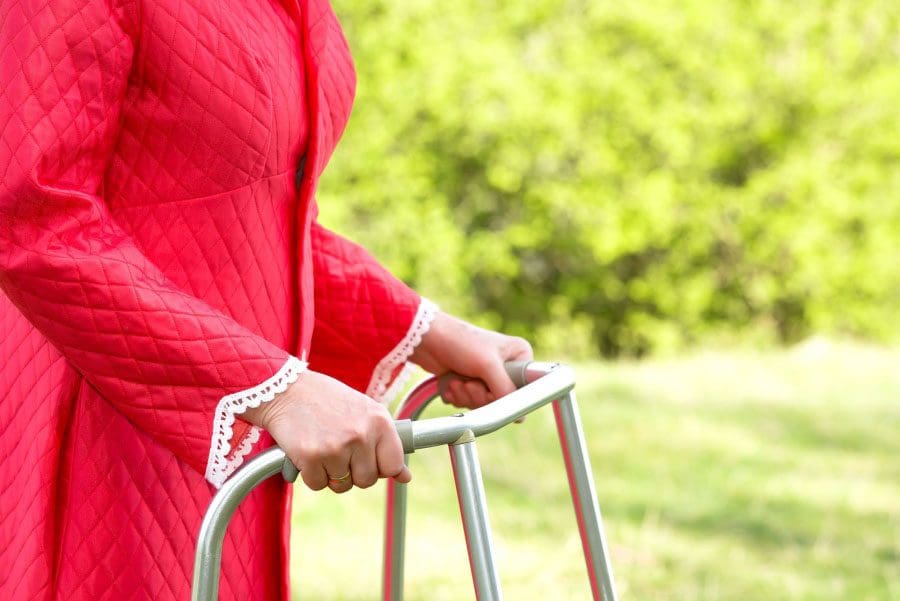Back soreness, pain, and discomfort can make walking even moving a challenge, but through assistive devices, you can keep moving. If a spinal condition affects your ability to walk or if you have recently undergone surgery, a cane or walker can help maintain your independence.
Canes and walkers are designed in a simple fashion, but come with amazing benefits: They improve:
- Balance
- Prevent falls
- Takes stress/pressure off the spine
Which To Get Cane or Walker
There are options when it comes to choosing but with so many options knowing which is the best for your condition can be challenging.Talk with your health provider, which could be a primary physician, nurse, chiropractor, physical therapist, or other health care professionals familiar with your medical history and discuss which device would suit your condition and lifestyle the best.
Canes and walkers each have their pros and cons depending on the condition/s. Some considerations to think about when choosing between a cane and a walker:
- What is the purpose of the device?
- Which should I get to support my weight?
- What is the amount of stability you need in the device?
- What amount of flexibility do you need in the device?
Considerations and Questions
Once you’ve decided on what type, then it's time to decide which type to buy and make sure it is the correct model and style for you. A health care provider can help you find the right model that suits your needs, fits correctly and will educate and show you how to properly use it. Considerations to think about when buying a cane or walker.Canes
Canes fall into three categories:- Standard: The simplest type of cane and comes with a comfortable T-shaped handle. This helps with balance, but these aren't able to bear as much weight.
- The Offset: A cane that can support more weight than a standard model comes with a flat grip for those with a weak grip and an upper shaft that can bend outward.
- Multi-legged: Multiple-legged canes offer maximum stability, perfect for preventing slips, and falls. The only issue could be is that because of the multiple legs means it can be a little awkward at first. But once you get the hang of it
Questions for a Cane
What grip should I go with?
There’s no right or wrong grip. This all comes down to you and what feels the most comfortable as you move around. But, larger grips work better for those with joint problems, and the foam grip style or a type of memory foam that shapes to your hand seems to be the current trend.What if the grip I chose is not the correct one?
If numbness, tingling, or pain begins to present in your hand/s when using the device or after, consult your doctor, chiropractor or physical therapist.Where are Canes available?
Canes can be purchased at medical supply stores and pharmacies. But they can also be purchased online, which is extremely helpful if the model you want is not available at the store.Where to learn how to properly use the cane?
Talk to your chiropractor, physical therapist or doctor who can give you tips and guidelines on how to use the device. They will also help make sure that the cane fits correctly.Working with a health care professional to achieve the right fit can be highly beneficial. If the grip does not feel right, it's not comfortable, or if it's too long/short, the cane ends up doing more harm than good. A therapist/chiropractor will make sure everything is right.
Walkers
Walkers fall into three models:- Standard: These walkers have four legs with rubber ends and provide quality support and stability. But, because there are no wheels it needs to be picked up to move around.
- Front-wheel walker: This type has two wheels in the front and two solid legs in the rear. This type does not need to be picked up and requires less effort.
- Four-wheeled walkers: These move the easiest, but they can be difficult to get used to placing all your weight because of the easy rolling. Although they do have breaks and wheel adjustments to control the wheel speed, it can take some getting used to and training. Some models come with a seat.
Questions for a Walker
What grip should I go with?
Walker grips are usually made of hard plastic, non-slip rubber, or flexible memory foam. Again it’s all up to you to decide which is the most comfortable.Preparing the home for a walker
Walkers can get snagged on rugs or bump into the furniture so it’s a good idea to set up your home and move the furniture/objects to help accommodate your movement.Where can I purchase a walker?
Walkers are available at medical supply stores and pharmacies. They can also be purchased online.How can I learn how to properly use my walker?
Using a walker can be a little uncomfortable at first. Movements that were easy, like sitting to standing might need to take some time to get the feel of it. But with time and practice, it will become second nature. Talk to your doctor or chiropractor/physical therapist about the right way to use your walker. They can help you develop a strategy and technique to improve mobility.Spine Pain Won't Slow You Down
Mobility assistive devices, like canes, and walkers can help you move around after an accident, spine surgery, or a chronic spine condition and allow you to maintain your freedom.Our uplifting southwest community surrounded by its infinite beauty is a fantastic place to live and enjoy our families; it is, therefore, our mission to help each of our patients to live, to love, to matter and to thrive pain-free in this beautiful special place.








